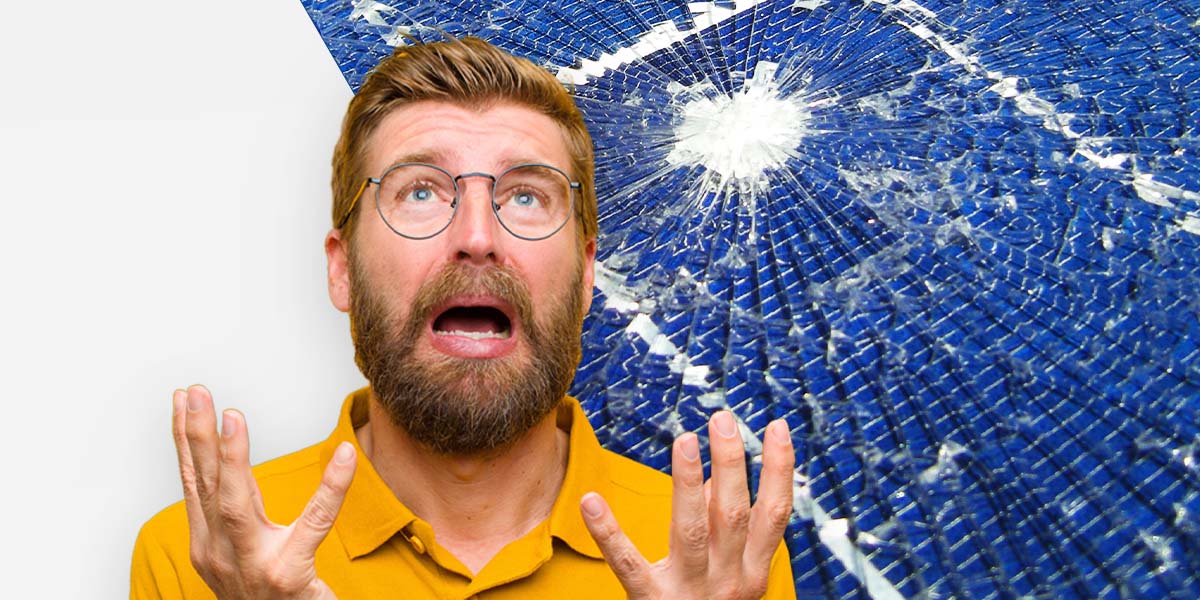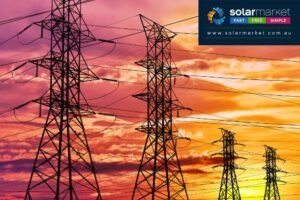By and large your solar system should hum along for years without too much worry.
If you’ve gone with a trustworthy installer who designed your solar system using quality products, then the amount of maintenance required from you should be pretty minimal.
Just sit back, enjoy a cold one out in the yard, and watch the sun beat down on your panels. You’ve got a lifetime of solar savings ahead of you!
That said inverters can give out, wiring fails, and unexpected panel degradation is a real concern.
Let’s have a look at some of the most common solar system faults and how you can troubleshoot a solution.
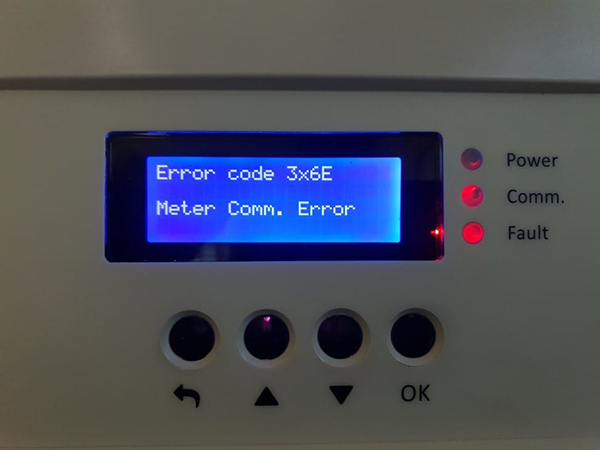
Noticed a drop off in your solar production lately? Your inverter is usually a good place to start diagnosing any issues.
Key Points
- Check your inverter or monitoring app for unexpected performance loss
- Take into account seasonality when deciding if your concerns are legitimate
- If you think you have a serious electrical or technical problem with your system call your installer
Common Solar System Faults
These are the 4 most common solar system faults that you can diagnose on your own. First up we have…
Dirty Panels
Solar panels are like the jokes you tell your grandma, the cleaner the better.
You’d think your panels would remain pretty spotless given they’re way up on the roof; and generally, that’s pretty accurate.
Unless you live in a dustbowl, your panels should remain relatively dirt and dust free, only requiring a rinse from usual rainfall to keep them in good working order.
That said, if conditions are bad where you live and your panels do get dirty it’s not uncommon to see power output drops of between 5-10%.
Bird droppings are also a problem for panels having the potential to cause hotspots and reverse currents.
Do your best to eyeball your panels from ground level for any dirt or buildup.
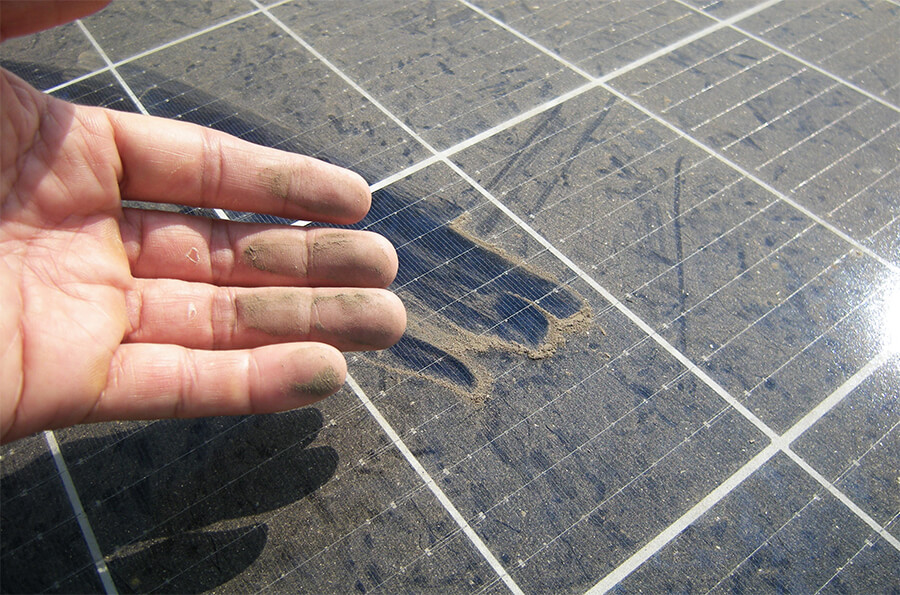
If your panels look like this then it’s time to whip out the garden hose.
If you do need to clean your panels then only use water and a soft brush, and even then ONLY if you can safely access your roof. DON’T use solvents or detergents. This can damage your panels.
Getting on top of that pesky dust is sure fire and simple way to increase your energy savings.
Once you’ve done that, start comparing energy plans to make sure you’re getting the best feed-in tariff for the energy you’re exporting, while paying as little as possible for what you use.
It’s quick, easy and totally free to compare and switch energy plans with Energy Market. Best of all, anyone can save on their electricity and gas, whether you have a solar system or not. Compare and switch now to double down on you energy savings.
Solar Panel Shading
Shade is great for lounging around underneath in your hammock, but it’s bad for solar panels.
If you’ve never had issues with shade in the past then it’s time to check your surroundings and see if anything’s changed.
Has that little sapling that you planted all those years ago in the backyard grown into a mighty gum that’s towering over your house?
Is your neighbour’s monstrous 2 story extension not only blocking your view but also the sun?
Has that new air conditioning unit on the roof been installed too close to your panels? That would be uncool.
Each shading problem has its own solution. Some can be fixed with a bit of pruning. Some might mean an uncomfortable conversation with your neighbour or tradesperson.
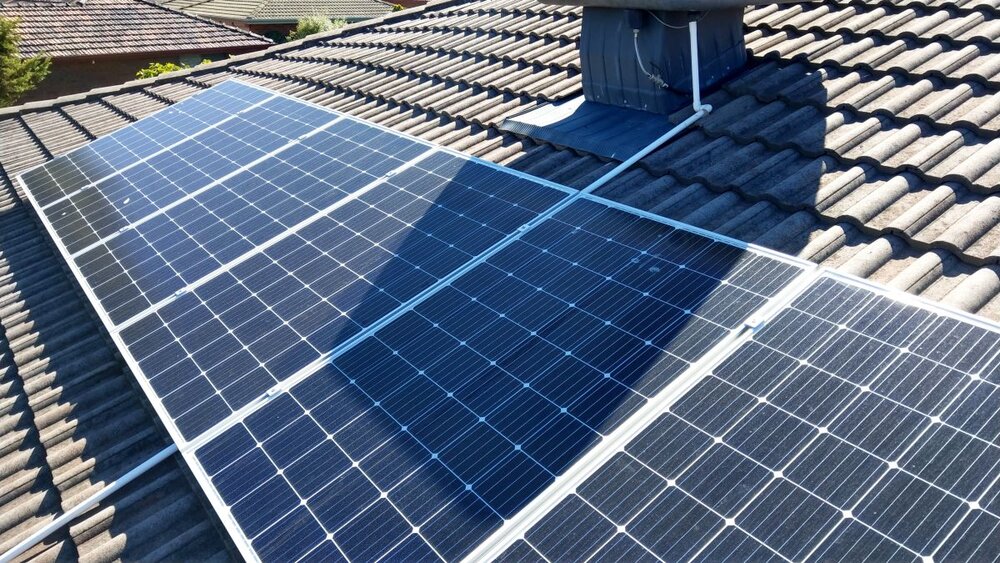
Have you got any new additions to your roof that might be casting shadows?
If you’re REALLY concerned about shading, you can always talk to your solar installer about adding power optimisers to your panels. These little add ons allow each panel to operate independently and minimise the impact of shading.
Solar Inverter Errors
Always check your inverter if you suspect performance issues in your system.
You can do that through your inverter’s display or monitoring app.
If you see a lot of green lights then everything is usually okay.
If you see red warning signs or error codes then you might have a problem on your hands.
Consult your inverter manual and take the appropriate steps to resolve the issue.
You can also check your daily kWh production and compare it with historical data to see if there’s been a noticeable drop off in performance. Remember to take seasonality into consideration. If you’re noticing your production is starting to decline and we’re heading into winter it might not be anything to worry about.
Solar Panel Degradation
All solar panels become less efficient over time. Check the datasheet for your specific panel to get exact figures for your own situation, but as a ballpark you can expect panel output to drop to around 80-85% of what it was brand new, after 25 years.
That’s normal, light-induced degradation (LID).
If you’re noticing losses that fall outside of this range then it might be you’re experiencing one of the following problems:
- PID – Potential Induced Degradation – Long term losses due to voltage leakage (Serious)
- General Degradation – Failure due to water ingress or delamination (Serious)
- LeTID – Light and elevated Temperature Induced Degradation (Serious)
- Micro-cracks and hot spots – Potential long term failure due to broken or hot cells (Serious)
Call Your Installer
If you suspect your solar system is faulty then DON’T try and fix it yourself.
Remember! Solar systems operate at high voltage and high altitude.
You don’t want to risk injury to yourself through electric shock or taking a tumble off the roof.
Pick up the phone and call your installer instead. They’re obligated to help you resolve any issues with your system within the warranty terms so don’t hesitate to reach out.
